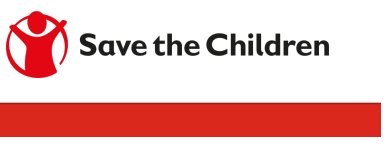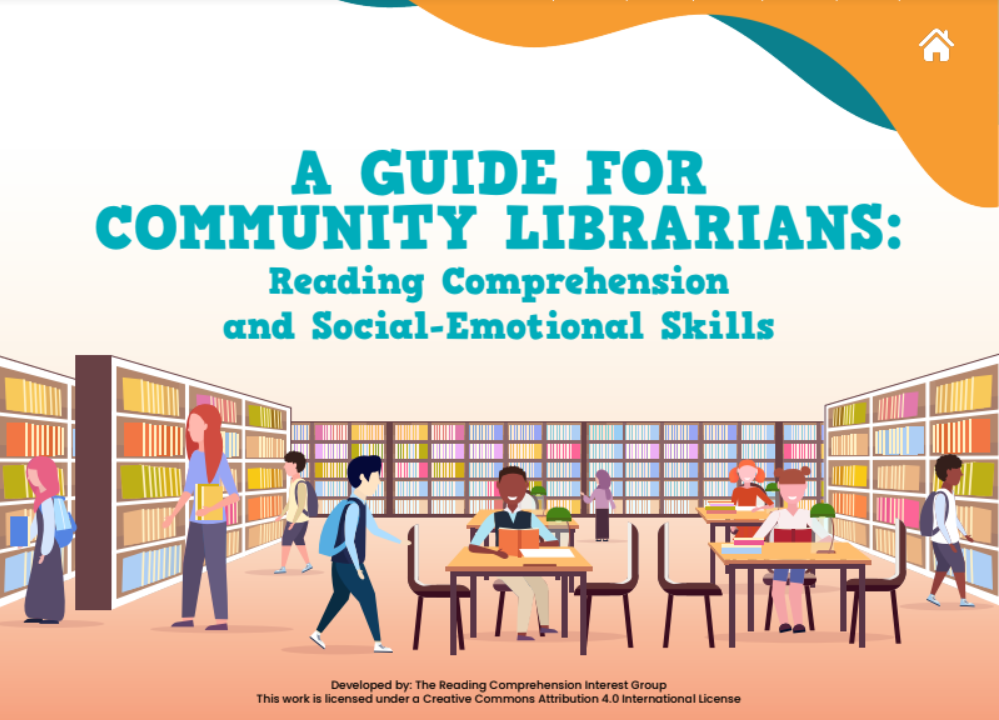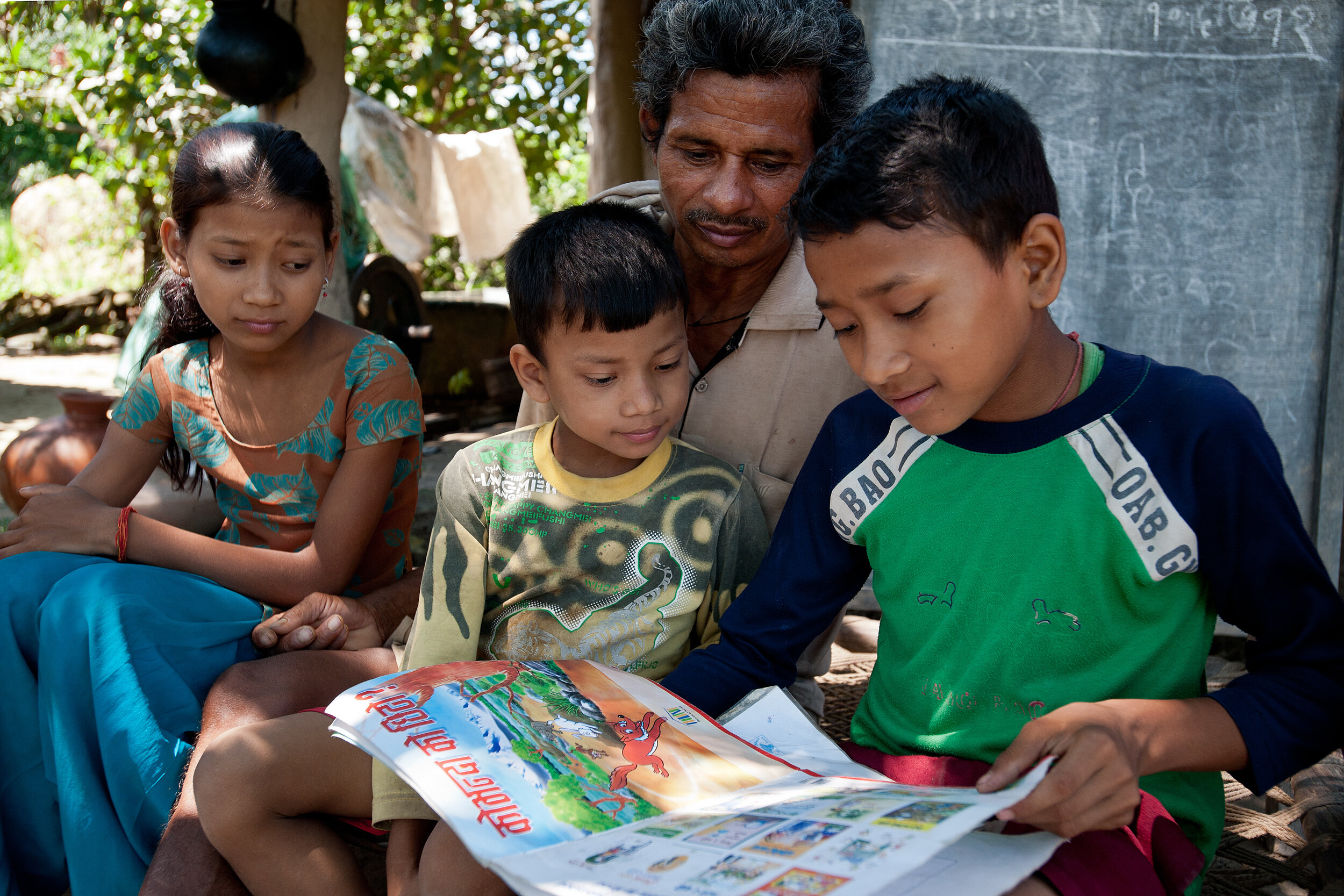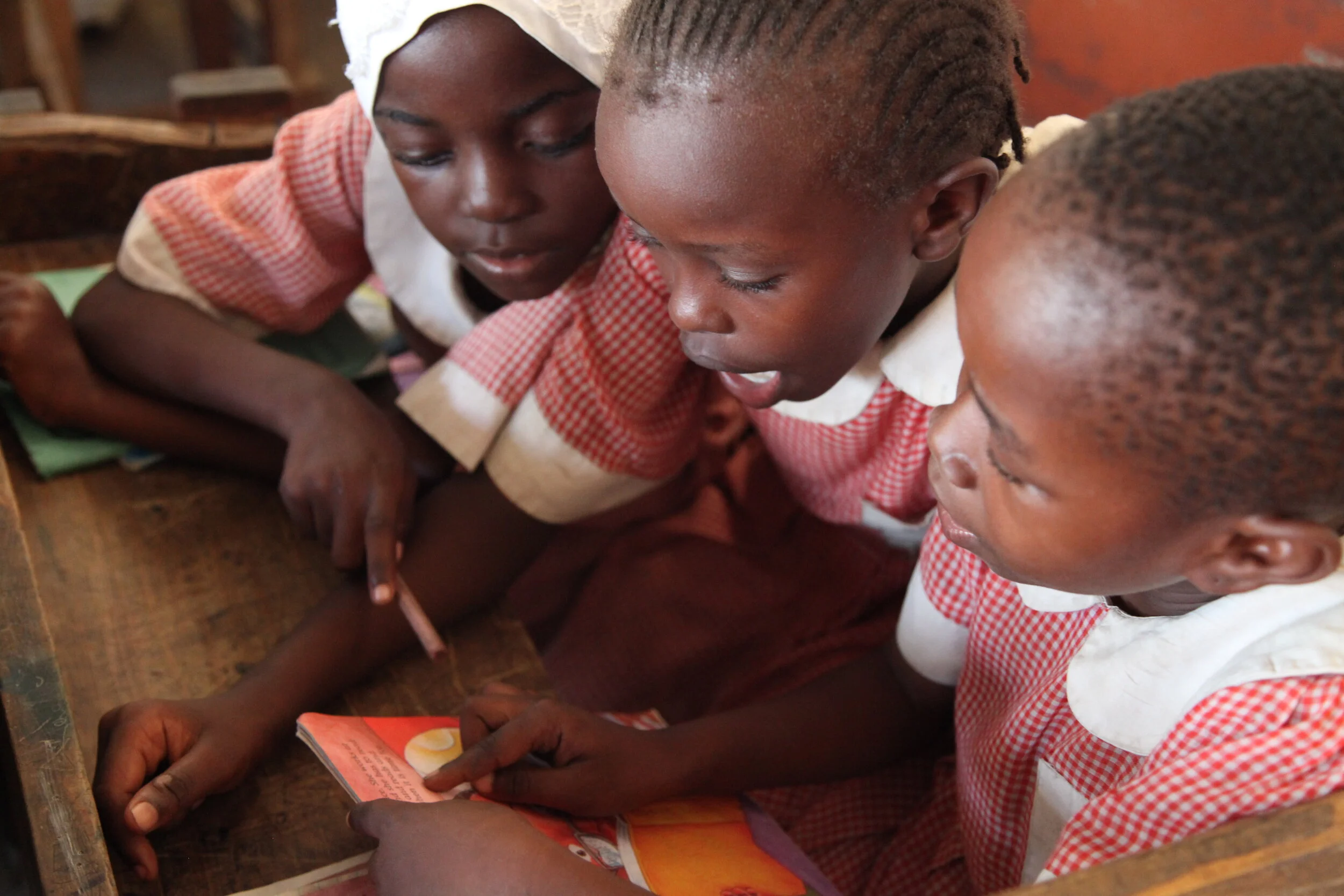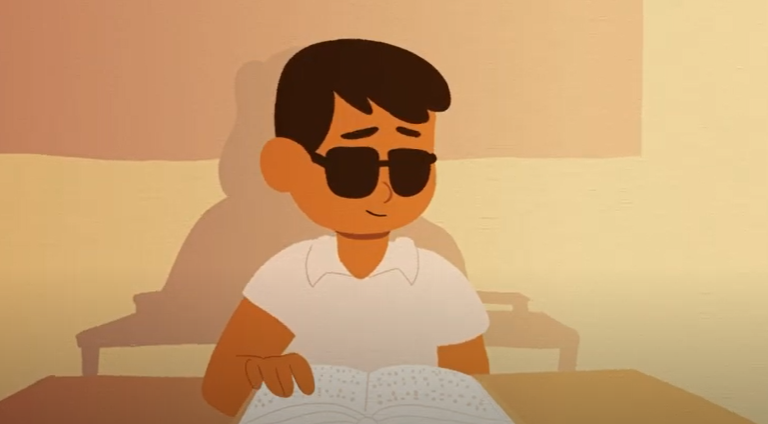In Rwanda, Save the Children collaborated with education ministries, publishing industry stakeholders, schools, book sellers and libraries in order to strengthen existing systems and increase output and availability of quality local language children’s books. This ‘whole chain’ approach addresses every step of a book’s journey from authorship to child and emphasizes the need for sustainable, profitable industries which will guarantee availability of local-language, contextually relevant reading materials to support a culture of reading in the long term.
A Guide for Community Librarians: Reading Comprehension and Social Emotional Skills
Developed by the Reading Comprehension Interest Group, this innovative guide is crafted to address the crucial need for enhancing children's engagement in reading and Social Emotional Learning (SEL) practices. It serves as a comprehensive toolkit aimed at empowering teachers, librarians, and community leaders to foster literacy and SEL skills in children through the nurturing environment of community libraries.
A Practical Guide for Designing Track and Trace Systems for Teaching and Learning Materials
World Bank, 2022
A Practical Guide for Designing Track and Trace Systems for Teaching and Learning Materials
This guide (also available in French and Spanish) was created to help key country stakeholders understand and make the various decisions they must make in designing a Track and Trace (TnT) system, from initial conception through the “nitty-gritty” details of implementation. We begin with some of the biggest questions that need to be answered first when designing a new TnT system, such as “why are we designing a TnT system?” and “what do we want our system to be able to do?” This will help narrow the focus as we shift into more detailed discussions of technology options, deciding who will use the system and how they will interact with it, identifying key data pieces and their source, considering options for training users of the system, and identifying key performance indicators. Annexes at the end of these guidelines will discuss master datasheets, indicator reference sheets, additional technology considerations, and a longer form case study.
Embedding Track and Trace in Book Supply Chains Track and Trace : Design Document - Niger
World Bank, 2022
Read@Home - Embedding Track and Trace in Book Supply Chains Track and Trace : Design Document - Niger
This system design document was compiled following workshops with key national stakeholders followed by subsequent key informant interviews and data collection. Expansive data collection and follow-on design and validation workshops were organized for those countries where it was possible. This design sets out the expected functionality of the technology to be used to improve the monitoring of the textbook distribution chain.
Embedding Track and Trace in Book Supply Chains : Design Document - El Salvador
World Bank, 2022
Read@Home - Embedding Track and Trace in Book Supply Chains : Design Document - El Salvador
This system design document was compiled following workshops with key national stakeholders followed by subsequent key informant interviews and data collection. Expansive data collection and follow-on design and validation workshops were organized for those countries where it was possible. This design sets out the expected functionality of the technology to be used to improve the monitoring of the textbook distribution chain.
Children's Book Development and Use in Rwanda
In Rwanda, Save the Children collaborated with Education and Culture Ministries, publishing industry stakeholders, schools, book sellers and libraries in order to strengthen existing systems and increase output and availability of quality local language children’s books. This ‘whole chain’ approach addresses every step of a book’s journey from authorship to child and emphasizes the need for sustainable, profitable industries which will guarantee availability of local-language, contextually relevant reading materials to support a culture of reading in the long term.
The State of Global Poverty: 2022 Update
This resource outlines learning poverty before and during the COVID-19 pandemic, and shows how COVID-driven school disruptions exacerbated a severe pre-pandemic learning crisis. The RAPID framework provides recommendations for countries to use to recover and accelerate learning.
National Book and Reading Policies Toolkit
This toolkit, created by GBA Partner ADEA, along with supporting documents (Continental Framework, Brochure and Questionnaire), will serve as a quick reference guide to stakeholders to easily understand the need for the policy and the process for systematic and coherent formulation and implementation of a National Book and Reading Policy (NBRP).
Accessible Digital Textbooks using Universal Design for Learning
This document outlines the details of accessible digital textbooks (ADT), its benefits, and the ways it can be implemented in countries across the world. This initiative uses a universal design for learning that enhances the need for books like ADT not just for students with disabilities, but all students.
Textbook Development in Low Income Countries: A Guide for Policy and Practice
A Guide for Strengthening Gender Equality and Inclusiveness in Teaching and Learning Materials
USAID/RTI International, 2015
This guide advances global efforts toward greater gender equality and inclusiveness in education by providing guidance on how to develop and evaluate materials that are free of bias and that promote equality and inclusiveness of all marginalized, disadvantaged, and underrepresented groups.
Pratham Books Style Guide
The Book Dash Manual
Growing the Local Book Industry: The Experience of a Publishing Collaborative in Rwanda
Save the Children 2020
This guide to the ‘whole book chain’ approach addresses every step of a book’s journey from authorship to child and emphasizes the need for sustainable, profitable industries which will guarantee availability of local-language, contextually relevant reading materials to support a culture of reading in the long term.
Enjoying Books Together: A Guide for Teachers on the Use of Books in the Classroom
Enjoying Books Together at Home: Ideas for Parents & Careers for Encouraging Reading.
GBA’S Guidance Note: Reading and Learning During Global Emergencies
First Principles for Early Grades Reading Programs in Developing Countries
USAID, IRA, and AIR 2009
First Principles is a guide to incorporating reading and literacy into new projects and developing effective early grades reading programs. It describes a principled approach to observing core dimensions of effective early grades reading programs, including active teaching and learning in supportive learning environments. Strategies and tools are provided to record evidence of first principles at work in local communities, schools, and classrooms.
Towards the Design and Implementation of Comprehensive Primary Grade Literacy and Numeracy Programs
USAID 2019
A new paper by the Global Reading Network explores the essential components of early numeracy and literacy programs as a foundation for children's future success. "Towards the Design and Implementation of Comprehensive Primary Grade Literacy and Numeracy Programs" outlines a framework to help educators meet the standards for pedagogy and learning in designing large-scale and comprehensive literacy and numeracy programs for children in developing countries.

